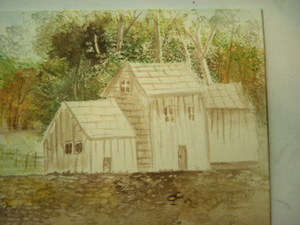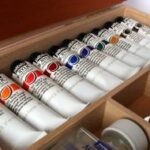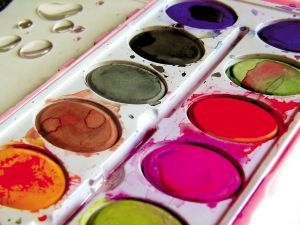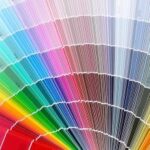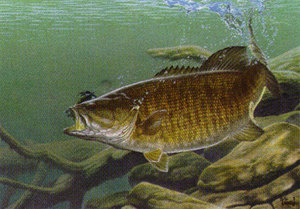You’ve probably already heard of the artistic technique known as glazing that’s used when painting in oils and acrylics. But what about watercolors? Can you use glazing with watercolor paints?
The answer is yes. Although glazing is mostly associated with oils and acrylics, it can also be done working with watercolors. However, there are differences because most watercolor pigments are transparent and not opaque as oils and acrylics.
What is Glazing?
Glazing is a technique where thin, transparent washes of color are laid on each other in consecutive layers of dried colors, allowing underlying colors to shine through the paint. Think of it as laying multiple sheets of transparent colored tissue papers. Because a glaze is transparent it lets light pass through it, as well as be reflected off the underlying color. The result is a painting that is not only transparent and rich in color, but is also glowing.
In watercolor, glazing is often used in painting landscapes to depict an illusion of distance hills or skies, including space and light. Glazing is also done to adjust color and can either darken or change a color’s hue or chroma. It’s also used to produce a smooth homogenous color surface to brighten (or darken) an entire watercolor painting. (See adjacent watercolor painting of a barn scene that’s “warmed over” with a transparent pale yellow pigment.) What’s more, it can be controlled, producing a gradual transition from light to dark (or one hue to another.)
Use Transparent Colors
If you’ve ever worked with watercolor paints, you already know that some pigments are more transparent than others. The watercolor pigments that are more opaque won’t work well for glazes. In fact opaque colors (such as the earth colors and cadmiums) look like chalk when dry
With transparent watercolors, you can see the white paper beneath the paint, whereas opaque paints saturate the paper so the whiteness of the paper is covered. A few transparent watercolor paints include pigments such as alizarin crimson, burnt sienna, yellow ochre and sap green. To discover which paints are transparent, test each paint on a piece of white paper.
Study Your Watercolor Pigments
Before you begin to glaze, be sure you’re thoroughly familiar with the different watercolor paints and what results each pigment renders. Use scrap paper and try out each color until you have a working knowledge of the different kinds of pigments. Soon you will grow confident, knowing what each of your paints can do.
How to Layer Colors
For best results, choose primary colors containing only one pigment. Using a soft brush, apply the bottom layer with your palest value of color. Let it dry thoroughly. Subsequent layers should be just a little darker than the one under it. Don’t cover up a previously painted layer. Also, don’t use paint straight out of the tube.
It’s advisable to use staining pigments (rather than sedimentary paints) for the first layer or two, finishing with nonstaining paints for the top layer. This makes sense because the staining pigments are more apt to stay in place than non-staining sedimentary ones. In addition, staining pigments will stain the underlying layers, which may not be desirable.
Limit the Number of Layers
While glazing in oils and acrylics allows for have several layers, you should only use a few layers in watercolors. Only apply two to three layers of glazing color because if you overdo it, you weaken the transparency of the colors.
Finally, remember that lazing only implies objects in your painting, rather than including every item in a picture. Glazing shows only a suggestion of distant hills where every feature isn’t included. However, you may want to add fine details to close-up subjects. For example, you can paint veins on a painting of a glazed leaf.
After each layer, examine your painting and see if you’ve accomplished the look you want to achieve. Again, if you continue glazing when it’s time to stop, you’ve defeated your purpose, covering up the beauty of transparent watercolor.
